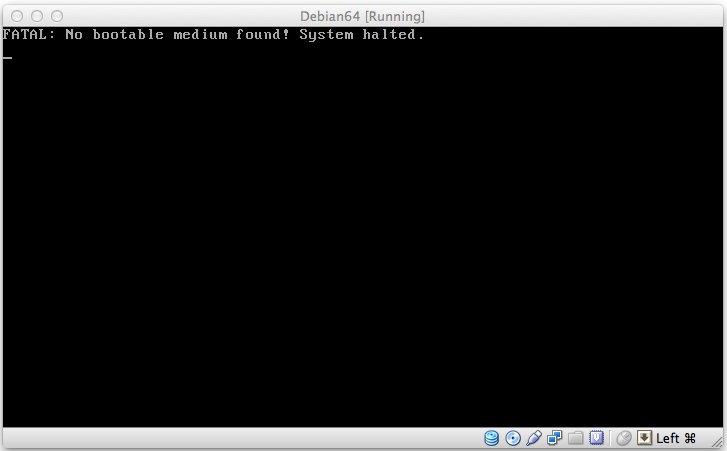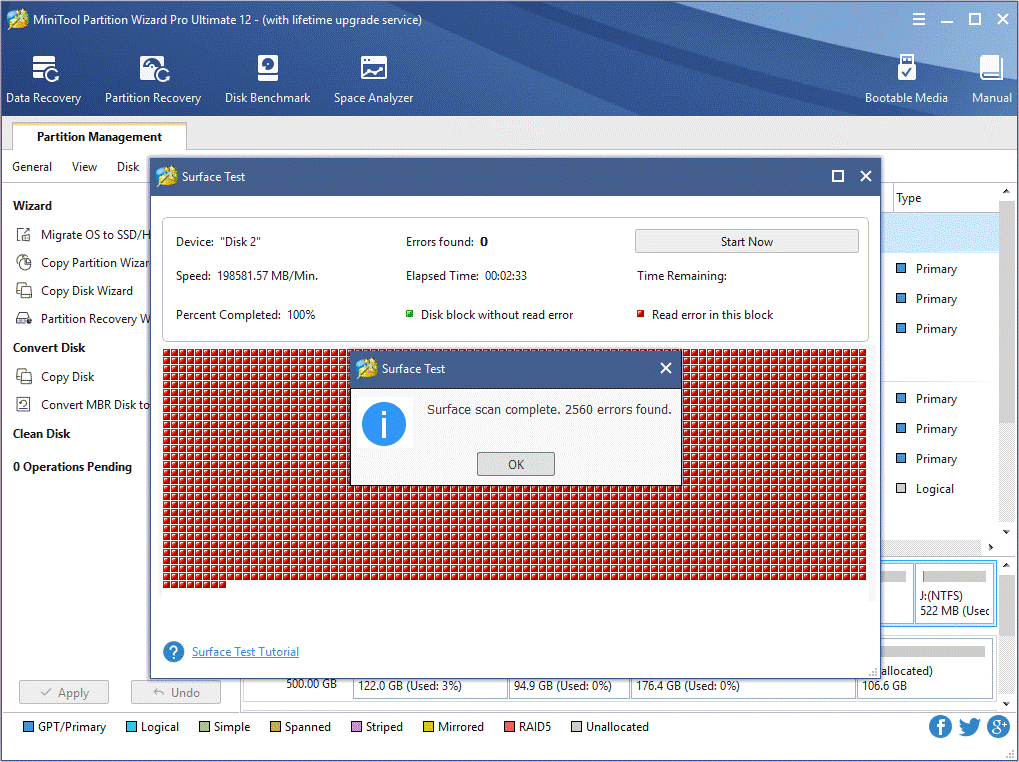
Third, deploy a VM optimized image (#1 alternative)Įxactly how you setup a VM image depends on whether you've downloaded the default VM build or the OVF version. It's the first download link on the appliance page.Īfter the download, follow the instructions in the appropriate third step below.

It's preferable to use a recent version (2.X and up). If you haven't done so already, download and install VirtualBox, a free software virtualization program available for Windows, Mac OS X and Linux. Also in TurnKey Linux v11+ passwords are set on first boot and not during installation. For example, TurnKey is now available in a ready-to-run VM optimized build (in addition to the ISO). The basics are the same but a few things have changed.

Note: The following video shows installation of an older version of TurnKey Linux. This tutorial focuses on VirtualBox, but the principles are the same regardless of what virtualization software you use. TurnKey Linux is designed to work well with both VMWare and VirtualBox (and other platforms). VMWare is not open source but some of its products are also available for free download (e.g., VMWare Player and VMWare Server). VirtualBox is the most popular open source alternative to VMWare's proprietary virtualization products. We'll be installing TurnKey Joomla as an example. The installation process is the same for all appliances.

The open source edition of VirtualBox can be downloaded for free from the VirtualBox website.Īs the following step by step tutorial shows, once you are familiar with the basics, deploying an appliance takes just a few minutes. Installing to a VirtualBox VM (Virtual Machine) is one of the fastest and easiest ways to get up and running with TurnKey Linux. If you have any issues, please post in the Support section of the forums.

In essence it should still be generally relevant, however some of the VBox options may have changed and some of the TKL options and screenshots may not be quite the same as noted here.


 0 kommentar(er)
0 kommentar(er)
